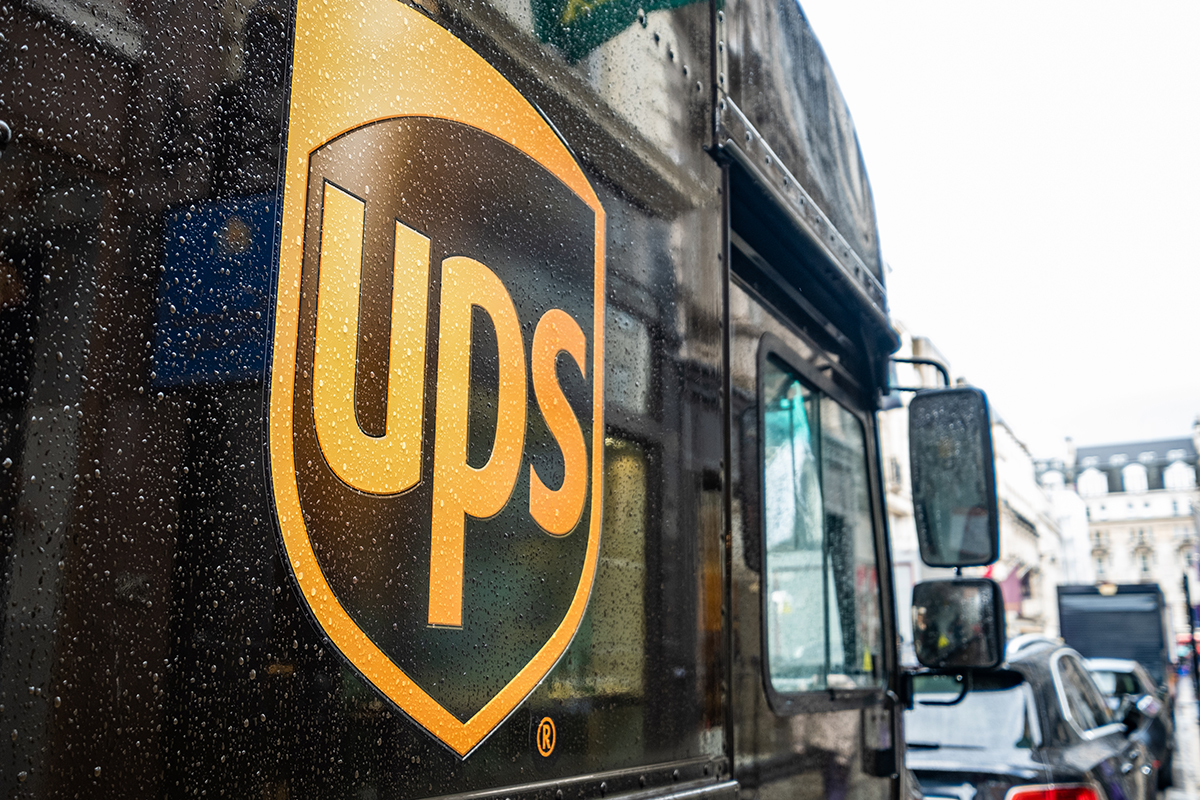UPS is already feeling the financial strain of a potential labour agreement with the Teamsters, even before it has come into effect. The company observed a decline in its earnings and revenue in Q2, preceding the finalization of this agreement.
Prompted by the dip, UPS revised its profit projections, anticipating tighter profit margins. The company aims to regain the trust of customers who migrated to other service providers, apprehensive of a potential strike by the company’s 340,000 Teamsters on August 1.
Despite an initial dip, UPS shares rallied slightly to be down only 1% in mid-morning trading post the announcement.
UPS’s adjusted income for the quarter stood at $2.2 billion, marking a 24% decline from the previous year. However, this was marginally better than what industry analysts had predicted. Revenue took an 11% hit, landing at $22.1 billion.
UPS scaled back its yearly revenue forecast by $4 billion, settling at $93 billion, attributing this adjustment to a slump in business during the labour negotiations and weaker online sales. The company also indicated that its annual profit margin would dip by 1%, with labour agreement expenses being a significant factor.
Some of the reduced shipment volumes can be traced back to clients beginning to distance themselves from UPS even before the breakdown in talks with the Teamsters in early July.
CEO Carol Tome highlighted, during an analyst call, that the company saw a greater-than-expected volume diversion in Q2. She noted that around one-third of these diverted shipments went to FedEx, another third to the US Postal Service, and the remaining to regional delivery services. This diversion, amounting to about 1 million packages daily during the quarter, accounted for just over half of the reduced domestic package volume.
Tome expressed optimism about reclaiming the diverted business, stating that while it’s a gradual process, she believes they will recoup it all by year’s end.
After the prolonged negotiation session with the Teamsters concluded without consensus on July 5, nearly three weeks elapsed before discussions resumed. This hiatus prompted more customers to transition to competitors, wary of a potential strike.
Yet, this customer drift isn’t the sole challenge. UPS had previously signalled an anticipated volume drop this year, crediting a fluctuating economy. Despite the US economy’s resilience, changing consumer purchasing behaviours have impacted the trucking sector. The shift from products to experiential services, like travel and entertainment, which don’t necessitate trucking, has been a notable trend.
Regardless of the adjusted revenue and profit outlook, UPS remains committed to its financial strategies, which include disbursing $5.4 billion in dividends and repurchasing shares worth $3 billion.
UPS and the Teamsters finally reached a preliminary agreement on July 25, narrowly avoiding a strike slated for August 1. The union’s 340,000 members at UPS are currently casting their votes to either approve or reject this deal, with the results to be announced on August 22.
Its resilience and adaptability will be tested as UPS navigates the complex waters of labour negotiations and an evolving economy. The outcome of the Teamster’s vote on August 22nd will be a pivotal moment for the company and its stakeholders, potentially setting the tone for its future operations and profitability. Amidst these uncertainties, UPS remains steadfast in its commitment to shareholders, exemplified by its ambitious dividend and share repurchase plans.







